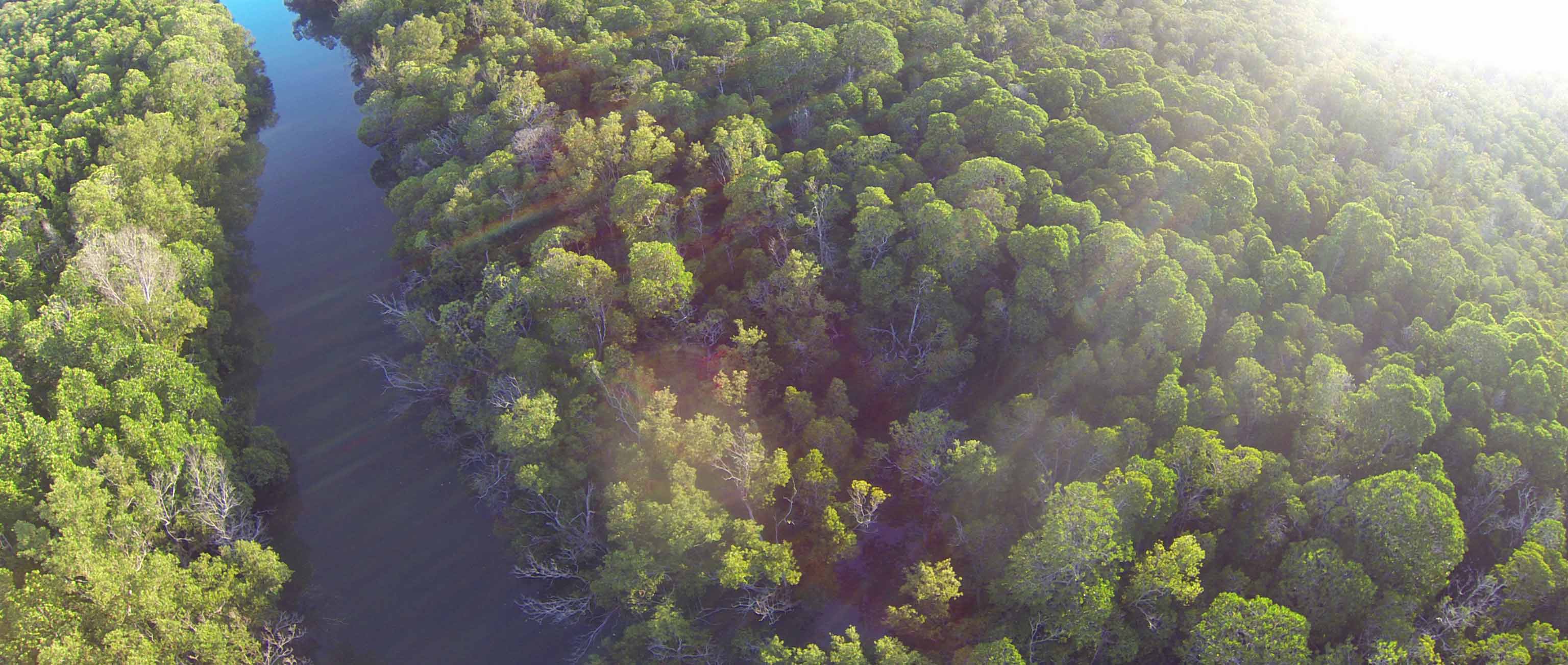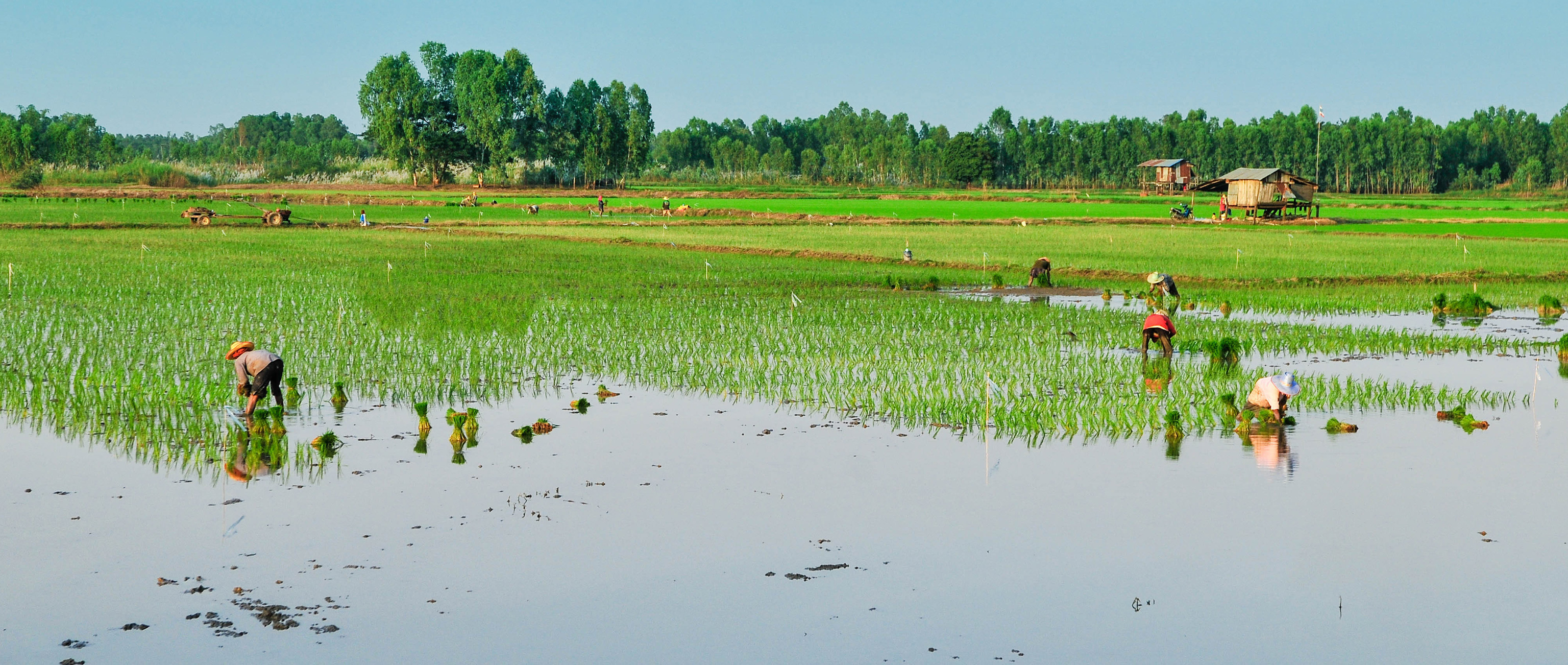Deforestation in the Amazon: Seeing Both the Forest and the Trees
Global forest loss is a complicated and multi-dimensional problem, and the signals of progress (or regression) can be confusing.
On the one hand, a recent study by Global Forest Watch estimates that global forest loss declined by nine percent annually in 2014, which sounds like a step in the right direction.
On the other hand, if you dive deeper into the data, deforestation rates in the Brazilian Amazon—which represents one-third of global rainforests and the majority of the Amazon’s forest—increased by 69 percent in 2014 compared to 2013 according to Brazil’s National Space Research Institute (INPE).
Diving deeper still, data from Skoll Awardee Imazon suggests that deforestation in the Brazilian state of Pará—long the epicenter of deforestation in the region—actually decreased by 14 percent over the same time period.
So what do all of these contradictory signals mean for addressing deforestation around the world?
It means we need to pay close attention to global deforestation-related developments—such as the volatile global demand for commodities, the UN-facilitated climate talks, national and sub-national regulatory changes—while also focusing on the more localized solutions that Skoll Awardees are helping implement.
For example, as more multinational food and agriculture companies make large-scale commitments to sustainable sourcing in their supply chains, Imazon is expanding its ability to track the sustainability of Brazilian beef from pasture to retail shelf.
In Colombia, Amazon Conservation Team and Gaia Amazonas are working with indigenous groups to expand the management of their territories under existing legislation. A recent study by World Resources Institute points to indigenous community forests emitting 27 times less carbon dioxide from deforestation than neighboring non-indigenous administered lands. And globally, it means targeting the inefficiencies and opaqueness of REDD+ financial transfers aimed at avoiding deforestation, as Forest Trends is doing with its REDDX forest finance tracking program.
Addressing deforestation remains a complicated, multi-faceted issue with a myriad of causes and drivers. There is evidence to justify hope for the future: that the combined efforts of social entrepreneurs, citizens, and progressive governments and businesses can permanently turn the tide against global forest loss.



